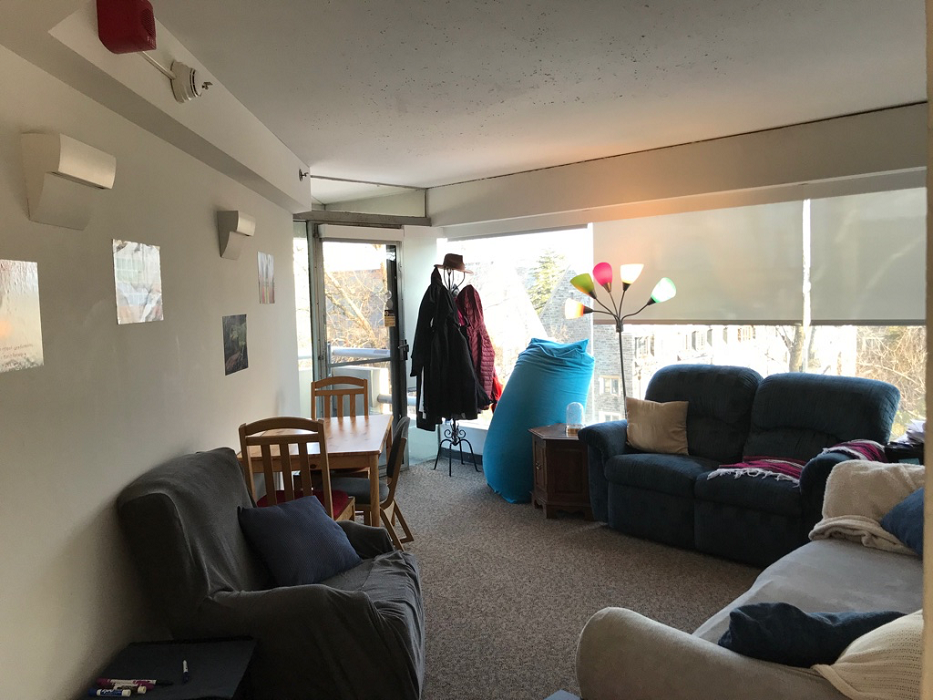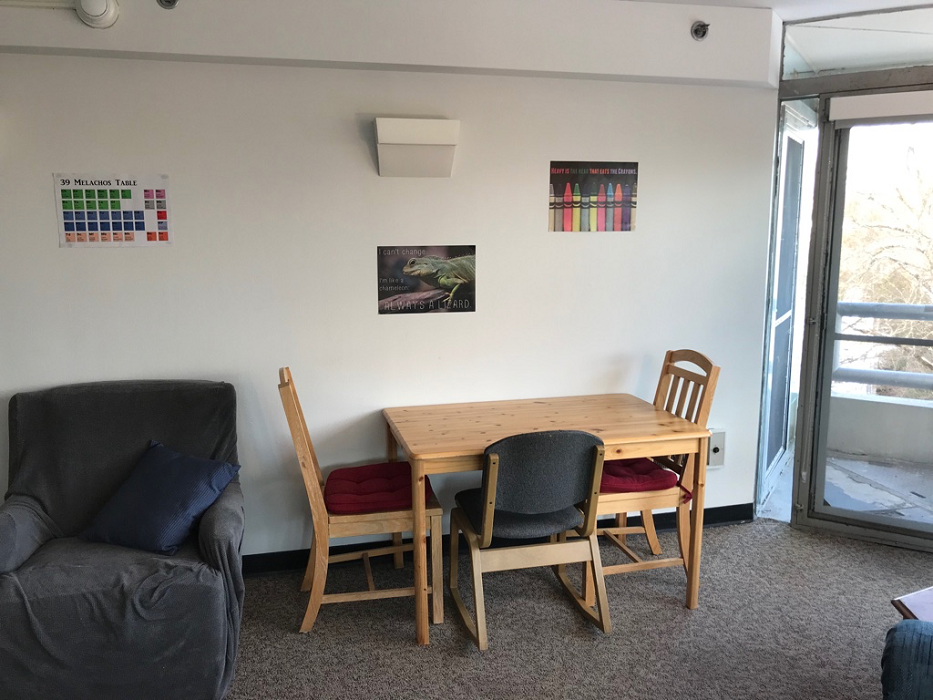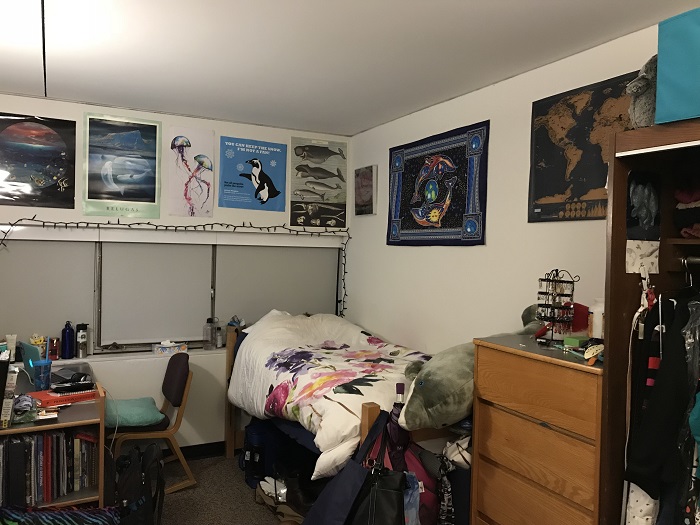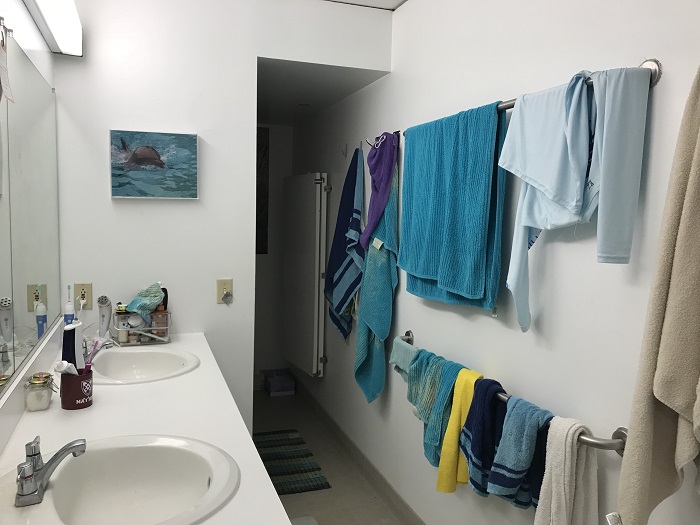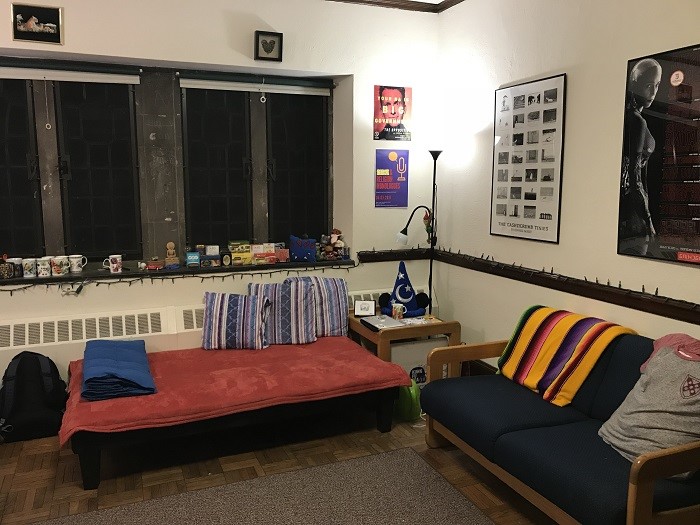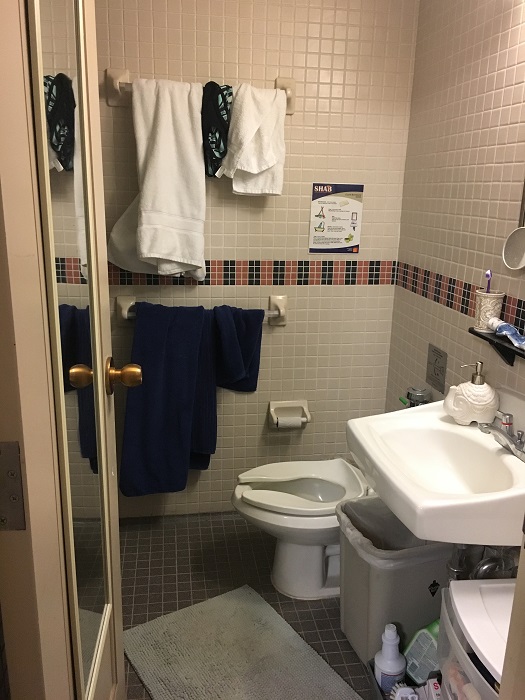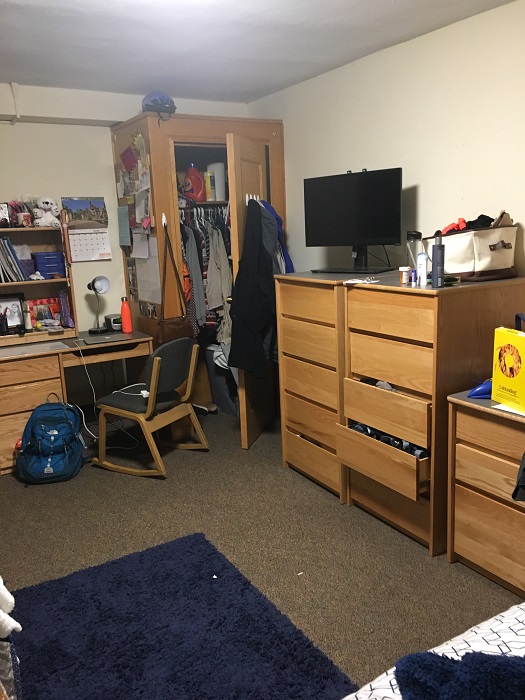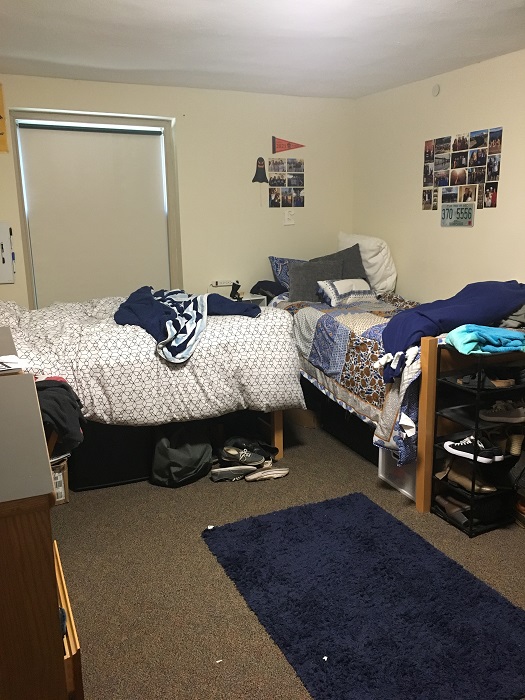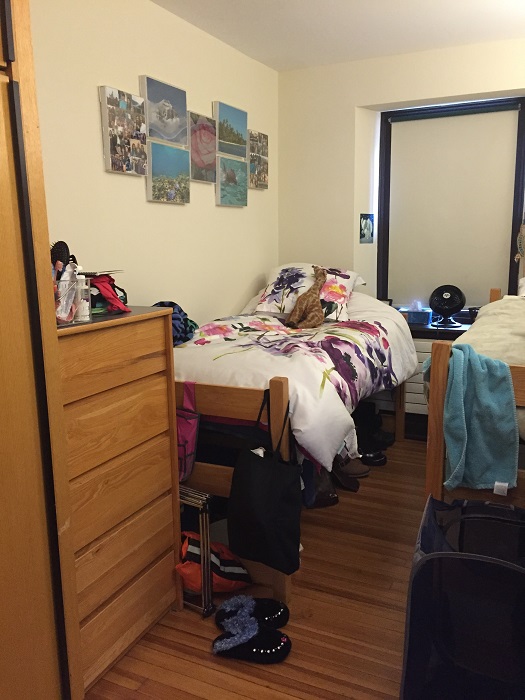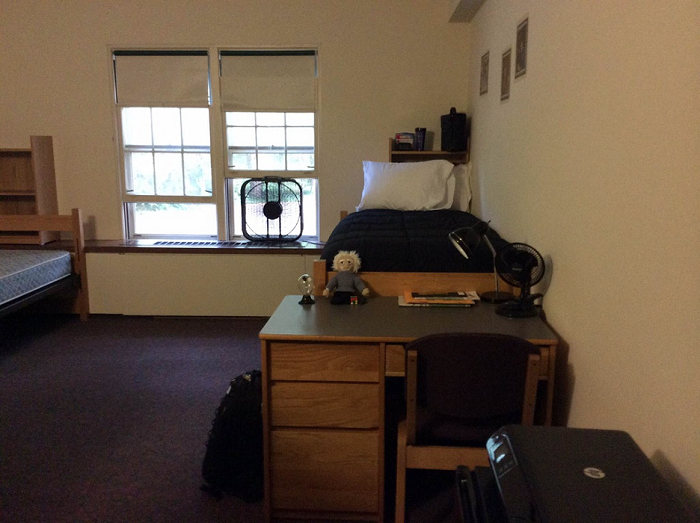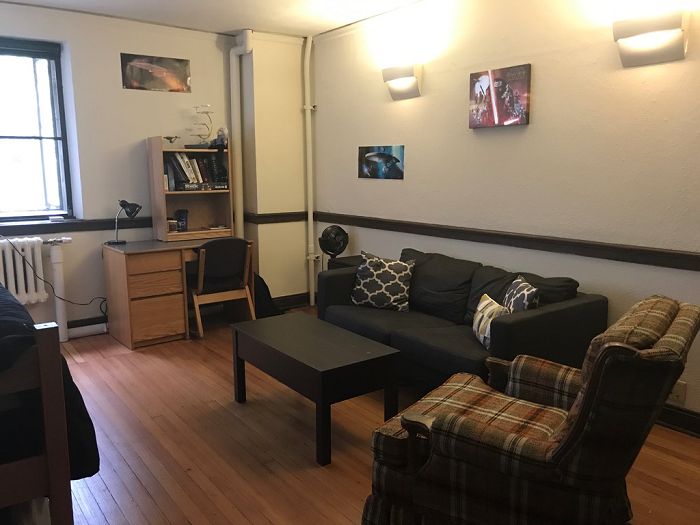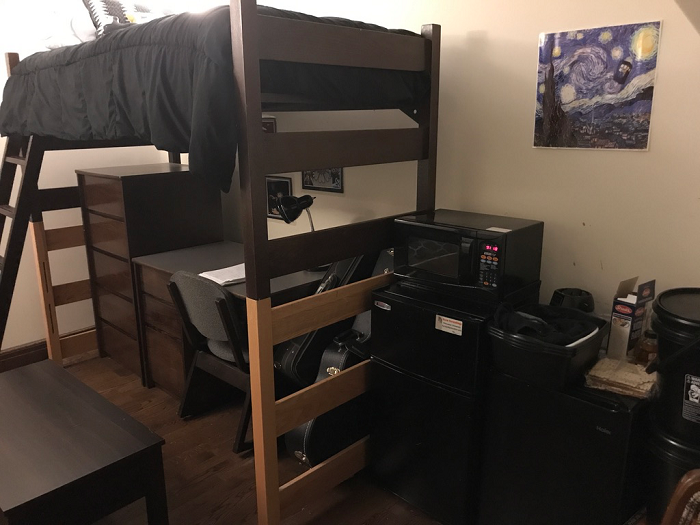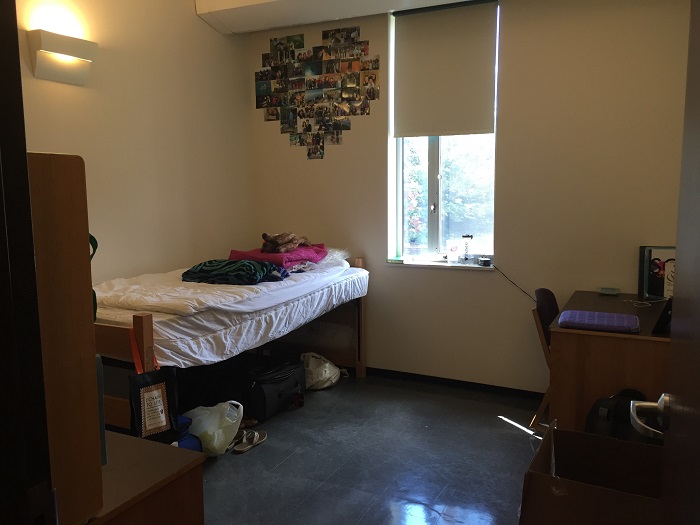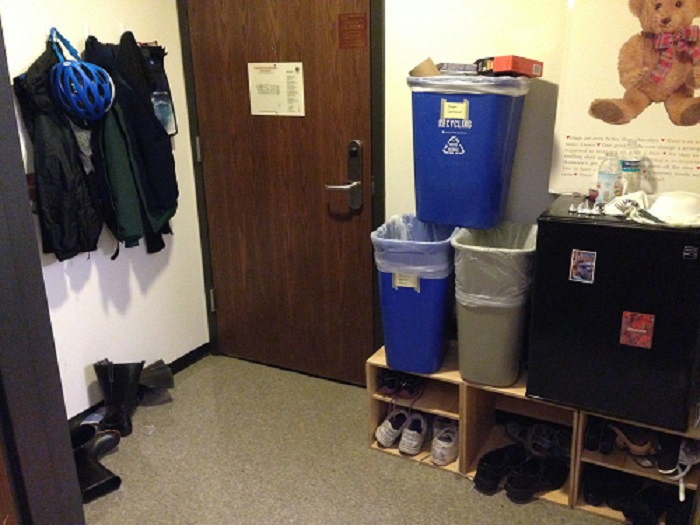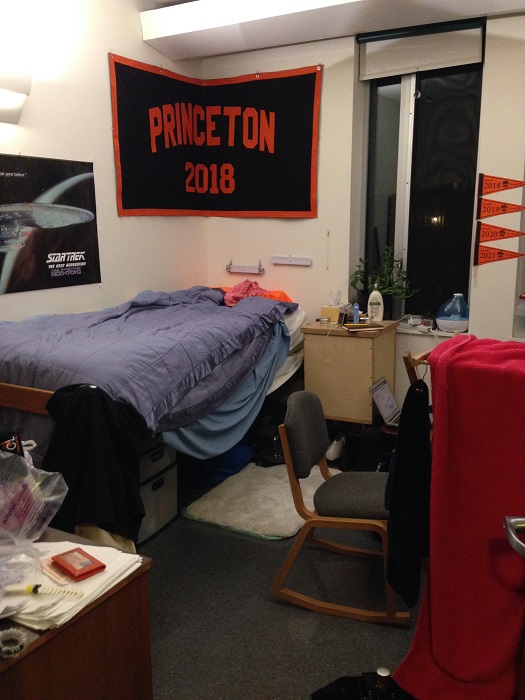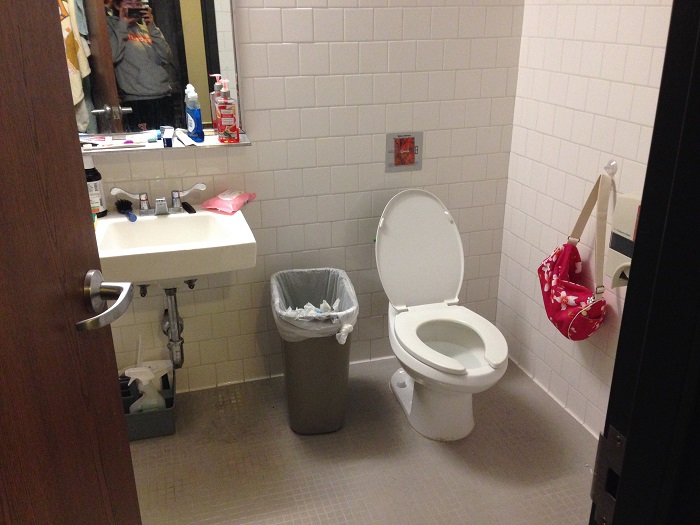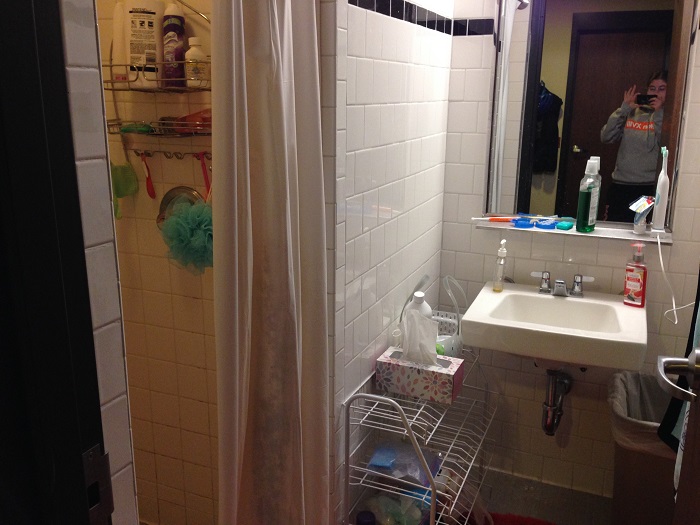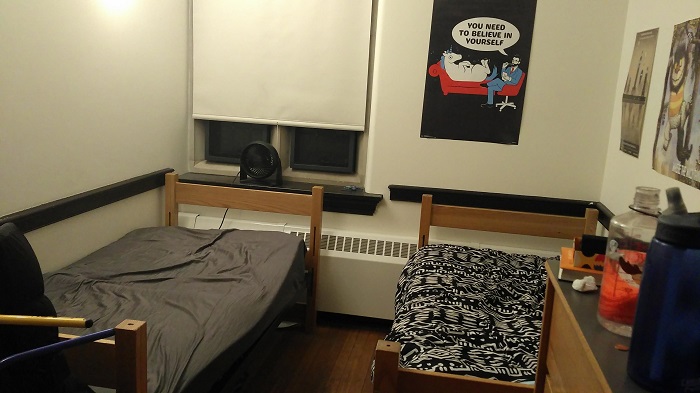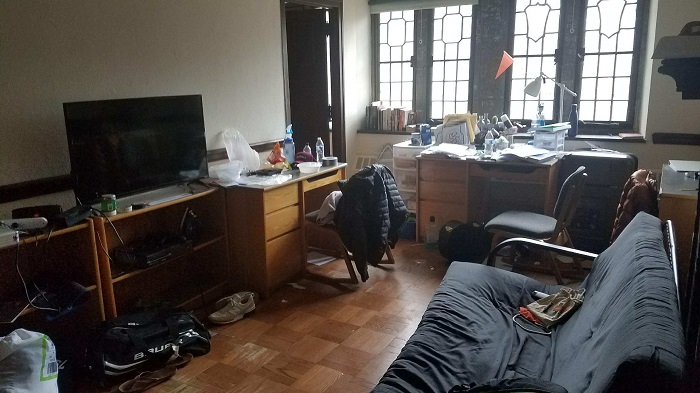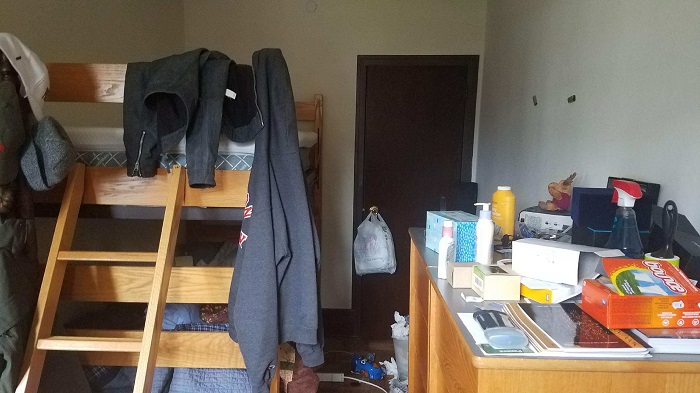Some of you reading this may attend high schools where many seniors go off to attend Princeton and other similar colleges every single year. Others might not know anyone from their school who’s ever attended Princeton before. I’m very proud of the fact that I’m the first student from my high school ever to be admitted to Princeton and I think it’s given me a unique perspective on campus life.
I won’t lie — deciding to come to Princeton was a touch nerve-wracking because I had no idea what to expect and didn’t have any past graduates from my school that I could ask. Unlike many of my high school friends, who were all attending local colleges together, I didn’t have anyone to ‘twin’ shirts with on College Decision Day or to discuss first-year orientation with. Looking back, however, I wouldn’t have done it any other way — coming to college without the friend groups from high school allowed me to grow more as an individual from the moment I stepped on campus.
My worries about not having built-in support here were unfounded too. The first-year experience at Princeton is loaded with opportunities to meet and ask questions of upperclass students and professional University staff, who oftentimes are absolutely overjoyed to meet you! Every first-year is assigned a Residential College Advisor (RCA) and a Peer Academic Advisor (PAA), two junior or senior students in your residential college who can offer student-to-student advice on everything from course selection to social troubles. Each student also gets a faculty advisor in their area of study and has access to their college’s director of studies for a second opinion.
There are also several resources on campus meant specifically for students who come to Princeton from underrepresented or otherwise unique backgrounds. One that comes to mind is the Scholars Institute Fellows Program (SIFP), whose website notes that SIFP “offers mentorship, academic enrichment, and a welcoming scholarly community to students hailing from backgrounds historically underrepresented at Princeton.” Another is the First-Generation Low Income Council (FLiC), which also offers similar resources.
What I’ve found is that there’s no “right way” to come to Princeton. For maybe my first week of classes, I was afraid I wouldn’t have a network of juniors and seniors to turn to for mentorship. Pretty soon, though, I had carved out my own place on campus. The diversity at Princeton has given me the experiences to meet hundreds if not thousands of other students with whom I share much more crucial interests and values. There’s nothing to fear in blazing your own trail!







